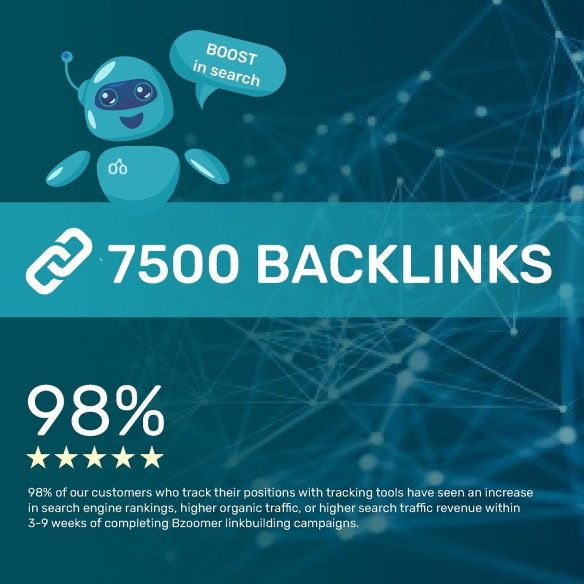In industries where work is performed at heights, the importance of reliable Fall Protection Harness cannot be overstated. Whether you're working on rooftops, construction sites, or any elevated platform, having the right harness is crucial for safety and compliance. This guide explores the key aspects of fall protection harnesses, focusing on ANSI Z359 standards, comfort, OSHA compatibility, and specialized roof safety harnesses.
1. Fall Protection Harness: An Essential Safety Gear
A fall protection harness is a critical component of personal protective equipment (PPE) designed to prevent injuries from falls. It works by distributing the force of a fall across the body, minimizing the risk of serious injury or fatality. Choosing the right harness involves understanding the different types available and selecting one that meets the specific needs of your work environment.
2. ANSI Z359 Harness: Meeting Industry Standards
The American National Standards Institute (ANSI) Z359 series sets the benchmark for fall protection systems and equipment in the United States. Harnesses that comply with ANSI Z359 standards ensure high levels of safety and performance. Key features of an ANSI Z359 harness include:
- Robust Construction: Made from durable materials that can withstand significant force.
- Adjustability: Allows for a customized fit to ensure comfort and effectiveness.
- Attachment Points: Multiple D-rings for connecting to various anchorage systems.
Selecting an ANSI Z359-compliant harness ensures adherence to rigorous safety standards, providing peace of mind for both employers and employees.
3. Comfortable Safety Harness: Balancing Safety and Comfort
While safety is paramount, comfort should not be overlooked. A comfortable safety harness encourages consistent use and reduces fatigue during extended periods of wear. Features that enhance comfort include:
- Padded Straps: Reduce pressure points and prevent chafing.
- Lightweight Materials: Make the harness less cumbersome, especially in hot environments.
- Ergonomic Design: Ensures the harness fits naturally with the body's movements.
Investing in a comfortable safety harness can improve worker compliance and overall productivity by minimizing discomfort and distraction.
4. OSHA Compatible Harness: Ensuring Legal Compliance
The Occupational Safety and Health Administration (OSHA) sets mandatory standards for workplace safety, including the use of fall protection systems. An OSHA-compatible harness adheres to these regulations, ensuring that your safety measures meet legal requirements. Key aspects include:
- Proper Certification: The harness should be certified by recognized bodies like ANSI.
- Regular Inspections: Compliance involves routine checks to ensure the harness remains in good condition.
- Training: Workers must be trained in the correct use and maintenance of their harnesses.
Using an OSHA-compatible harness not only safeguards employees but also protects employers from potential legal liabilities associated with workplace accidents.
5. Roof Safety Harness: Specialized Protection for Elevated Work
Working on roofs presents unique challenges, including limited anchor points and exposure to the elements. A roof safety harness is specifically designed to address these issues by offering:
- Enhanced Mobility: Allows workers to move freely while maintaining fall protection.
- Weather-Resistant Materials: Protects the harness from wear and tear caused by sun, rain, and wind.
- Integrated Gear Loops: Provides convenient attachment points for tools and equipment.
Choosing a roof safety harness ensures that workers have the specialized protection they need to perform their tasks safely and efficiently.
Investing in the right fall protection harness is essential for ensuring safety, comfort, and compliance in any high-risk work environment. By selecting harnesses that meet ANSI Z359 standards, offer superior comfort, comply with OSHA regulations, and cater to specific needs like roof work, employers can create a safer workplace and protect their most valuable asset—their employees. Prioritize the quality and suitability of your fall protection equipment to mitigate risks and promote a culture of safety.


